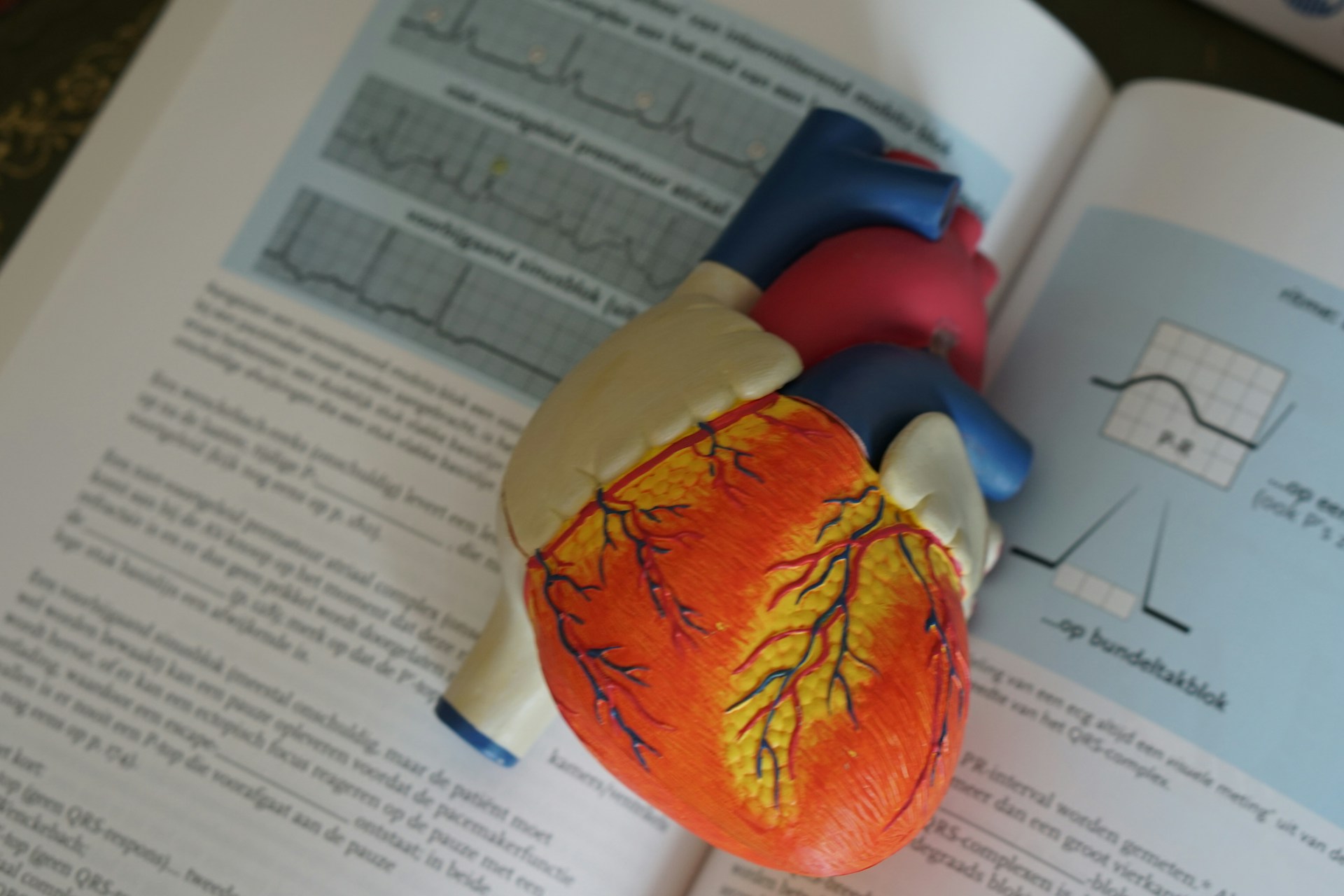Media release
From:
Following a tropical cyclone, the rate of hospitalizations for cardiovascular disease (CVD) tend to rise, with this rate peaking at 2 months after the event, according to new research. Wenzhong Huang and colleagues studied 6.54 million CVD hospitalizations in 6 countries across nearly twenty years and saw that this increase in hospitalizations lingered up to 6 months after a tropical cyclone. Climate change is causing stronger and more frequent tropical cyclones. These storms not only cause injuries but can also damage healthcare infrastructure – delaying treatment of diseases such as CVD. However, the correlation between tropical cyclones and CVD has been hard to quantify, because past studies have mainly focused on hospitalizations in single regions or during small timeframes. Here, Huang et al. used a two-part risk-attribution framework to uncover how this enigmatic relationship unfolds in the year after a cyclone. Their models assessed hospital data from Canada, New Zealand, South Korea, Taiwan, Thailand, and Vietnam from 2000 to 2019 as well as recorded data from 124 cyclones. In addition, the team looked at variables including sex, age, socioeconomic status, and geographic location. Results showed a statistically significant and prolonged association between cyclones and CVD hospitalization for people of all sexes aged 20 to 59. The team also evaluated 6 different types of CVD based on hospital diagnostic codes: heart failure, ischemic heart diseases, hypertensive heart disease, heart rhythm disturbances, peripheral vascular diseases and stroke. Ischemic heart diseases and stroke were the two most common subsets of cyclone-associated CVD – and the latter was especially common in males of all ages. Moreover, areas with higher levels of socioeconomic deprivation had higher rates of cyclone-associated CVD hospitalizations; The opposite was the case in areas with stronger socioeconomic advantages. The authors note that integrating more evidence of the effects of tropical cyclones on human health will be crucial to develop more policy solutions and to understand the full burden of this association.
Expert Reaction
These comments have been collated by the Science Media Centre to provide a variety of expert perspectives on this issue. Feel free to use these quotes in your stories. Views expressed are the personal opinions of the experts named. They do not represent the views of the SMC or any other organisation unless specifically stated.
Associate Professor George Laking, executive board member of OraTaiao, the New Zealand Climate and Health Council:
"We did some similar work after Cyclone Gabrielle, for populations in Tairāwhiti and Hawkes Bay. The authors have done an impressive work with much larger geographical and population coverage, and longer time series. There is clearly a signal coming through about an upswing in cardiovascular events in the aftermath of cyclones.
"We weren’t able to detect that signal in our own project. I think that is explained by the smaller populations we studied. In this report, there is a higher level of uncertainty in the New Zealand country-specific data. I think this represents our overall smaller population. Interestingly, the strongest signal in New Zealand was for the north of the South Island, not so strong for the East Coast North Island regions we studied.
"In summary, this is the larger study that we have been waiting for, showing the adverse interaction of cyclones and cardiovascular health. As with any epidemiological study, it’s doubtless possible to take it apart and suggest other explanations for the findings. But again, given the size of this work, the inference is strong. Under climate change, we have to expect an increased incidence and severity of adverse weather events. That is a consequence of the greater amount of energy and water in the atmosphere. These incredibly destructive events are adverse for human health in all sorts of ways. Another dimension you can look at is mental health. In our interviews with people in our report Te Weu me Te Wai, we found a lot of pointers to adverse mental health in the aftermath of extreme weather events. This can all be seen in the context of the Sendai Framework for disaster risk reduction. In Te Weu me Te Wai, our vision of success for disaster risk reduction is based on community empowerment, health services in the community, and procurement for continuity. It has been pleasing to see this report accepted by the Ministry of Health.
"Climate change has been identified as the number one risk to human health this century. I see it as one facet of a larger crisis, that relates to the harmful way people interact with each other and our environment, under neoliberal economic regimes. It has been extremely depressing to see the dominance of climate change denial in Western political and social processes. Each of these extra cardiovascular events is ultimately the responsibility of the fossil fuel industry and their supporters. They are long overdue for a reckoning. It was encouraging to see the recent ruling of the International Court of Justice that citizens could hold their governments to account for poor climate change policy. The outlook is extremely dire right now, not only for the natural world but also for humanity."



 Australia; New Zealand; International; VIC
Australia; New Zealand; International; VIC



